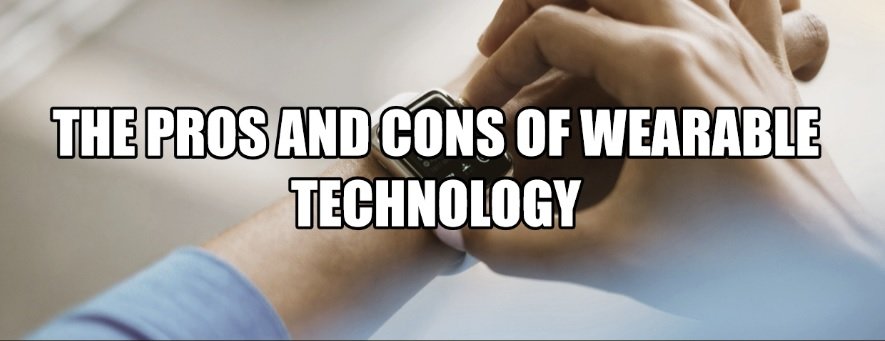The Pros and Cons of Wearable Technology
Wearable technology is becoming increasingly popular among consumers as it offers a wide range of benefits, from tracking your fitness goals to monitoring your sleep patterns. However, like any technology, there are also some downsides to consider. In this article, we’ll explore the pros and cons of wearable technology to help you decide if it’s the right choice for you.
What is wearable technology?
Before going to discuss the pros and cons of wearable technology, we should first understand that is it actually. Wearable technology basically refers to any electronic device that can be worn on the body as an accessory or clothing item and is designed to perform various functions. These devices often have sensors, processors, and connectivity capabilities that enable them to collect data and communicate with other devices.
Examples
Common examples of wearable technology include smartwatches, fitness trackers, smart glasses, and virtual reality headsets. Smartwatches, for example, are designed to be worn on the wrist and offer features such as phone notifications, fitness tracking, and mobile payments. Fitness trackers, on the other hand, are wearable devices that monitor physical activity, heart rate, and sleep patterns. Smart glasses are designed to display information or augment reality, while virtual reality headsets allow users to immerse themselves in a simulated environment.
Also Read: Do BMX Bikes Have Brakes?
The Pros
1. Convenience
Wearable technology is incredibly convenient, as it allows you to access important information and track your progress without the need for additional devices. With smartwatches, for example, you can check your emails, make phone calls, and even pay for your purchases with just a few taps on your wrist.
2. Health and Fitness Tracking
Wearable technology is excellent for tracking your health and fitness goals. With devices like fitness trackers, you can monitor your steps, calories burned, heart rate, and sleep patterns. This information can help you make more informed decisions about your health and adjust your lifestyle accordingly.
3. Improved Safety
Some wearable technology, such as smart helmets and safety vests, are designed to improve safety for athletes and outdoor enthusiasts. For example, a smart helmet can detect impact and notify emergency services in the event of an accident.
4. Increased Productivity
Wearable technology can help you stay organized and productive. With smartwatches, you can receive notifications and reminders without the need to constantly check your phone. This can help you stay focused and productive throughout the day.
The Cons
1. Privacy Concerns
Wearable technology can raise concerns about privacy and data security. As wearable devices track your movements and personal information, there is a risk that this data could be hacked or leaked.
2. High Cost
Wearable technology can be expensive, with some devices costing hundreds or even thousands of dollars. This can make it difficult for some consumers to afford, particularly if they are already struggling to make ends meet.
3. Limited Battery Life
One of the downsides of wearable technology is that it often has limited battery life. This means that you may need to recharge your device frequently, which can be inconvenient if you are using it regularly throughout the day.
4. Reliability Issues
Wearable technology is not always reliable, and there is a risk that your device could malfunction or break. This could leave you without access to important information, which could be frustrating or even dangerous in certain situations.
Conclusion: The Pros and Cons of Wearable Technology
Wearable technology offers a wide range of benefits, from improved health and fitness tracking to increased productivity. However, it’s important to consider the downsides as well, such as privacy concerns and high costs. Ultimately, the decision to invest in wearable technology will depend on your individual needs and preferences. If you are considering purchasing a wearable device, be sure to do your research and choose a device that meets your needs and budget.

